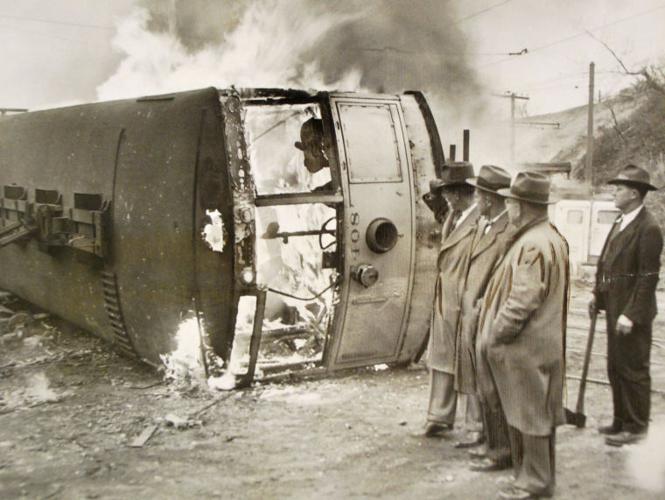Welcome! If this is your first time here, I’m starting a new series for my newsletter and blog talking about some of the things you may not know about the Richmond area. Born and raised here myself, I have plenty of stories, but my dad had even more, and I always loved to hear them, and have him point things out while we were driving around town. Obviously, Richmond is filled with history- much of it complicated to say the least, but good or bad, it’s always interesting, to me at least. Hopefully you’ll find some of these things interesting too! Please let me know if you do (or if you don’t) and if you have any questions or stories to share, please message me!
So without further ado, here’s the first installment!
The Richmond Union Passenger Railway, and Where It Went
You may or may not know that Richmond, Virginia had the first (in the world) electric trolley system. While many places had tried to create a working system, no one was able to actually make it work. That is, until the powers that be in Richmond heard about Edison’s colleague Frank Sprague and his experiments with electric transit in New York and invited him to Richmond to build one here. He and his team actually did the thing, and making it up as they went along, came up with a system of four wheeled cars attached to an overhead electric line and 12 miles of track, and the Richmond Union Passenger Railway was officially put into operation on February 2, 1888.
Eventually, the system grew to 82 miles of track, and enabled much of the expansion of the city and its population. People were able to move further out, and they were still be able to come into the city without having to spend the day walking. This led to the development of Richmond’s first suburbs, or “street car neighborhoods.” These were Ginter Park, Bellevue, Barton Heights, Highland Park, Laburnum Park, Sherwood Park, the West End, and Forest Hill. The birth of our electric rail system also led to the development of 110 others across the country and the world. Pretty cool, huh?
By 1949, though, cars were becoming more prevalent, and General Motors introduced buses to be used for public transit, and the cars fell by the wayside to make way for more gas powered vehicles. (Lots of thoughts, and even a court case, were based on the idea that GM and other auto makers conspired to get rid of the streetcars and make way for more of their own vehicles.)
The writing was on the wall, and in December 15, 1949, trolley No 408 made its last run, followed by nine others, and hundreds of onlookers. Somewhat perplexingly, No. 408, along with 50 other cars, were not just decommissioned, but burned to nothing in the “Great Car Burning of 1949.” Very few cars, or even parts of cars, exist.
Our street car system may be long gone, but we have it to thank for some of our most beautiful streets, particularly in the North Side of Richmond. They were specifically designed to allow for carriages, pedestrians, and those trolleys, with wide roads, sidewalks and lined with beautiful trees.

